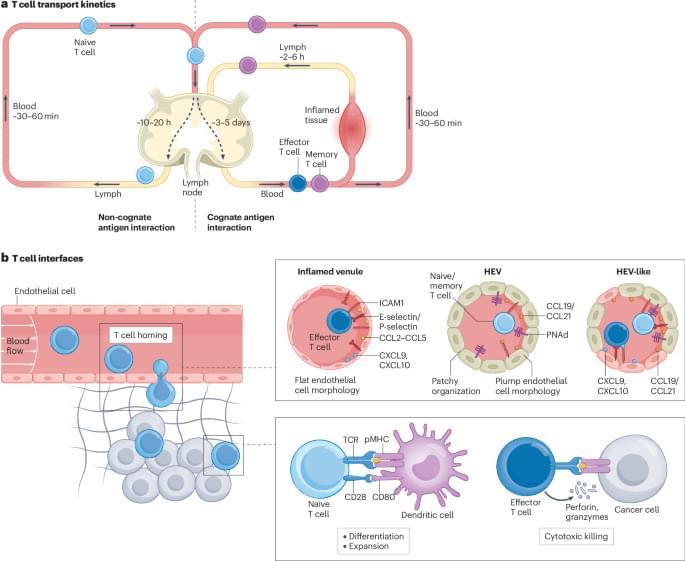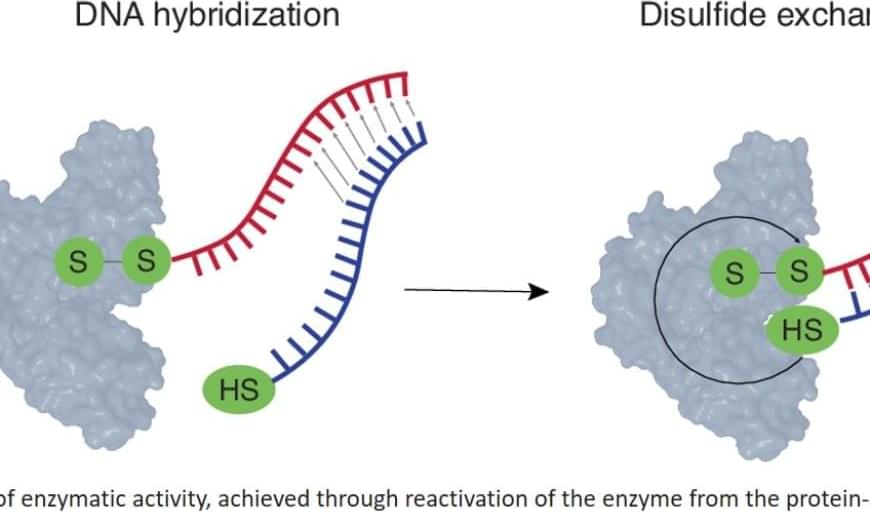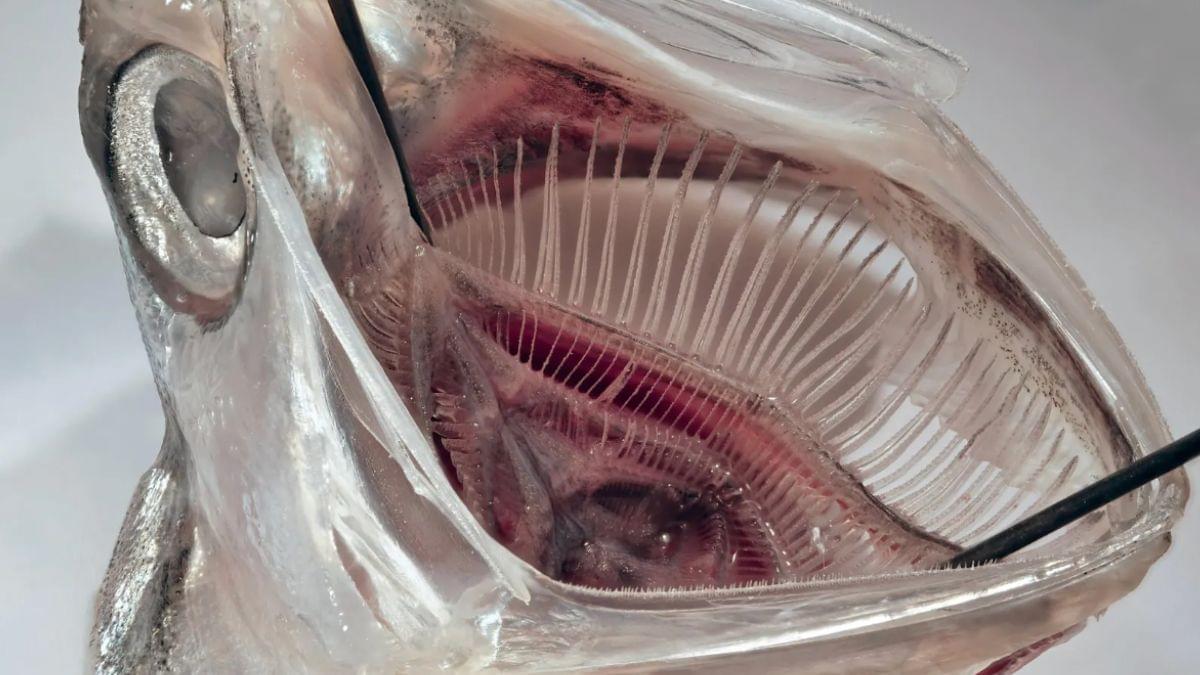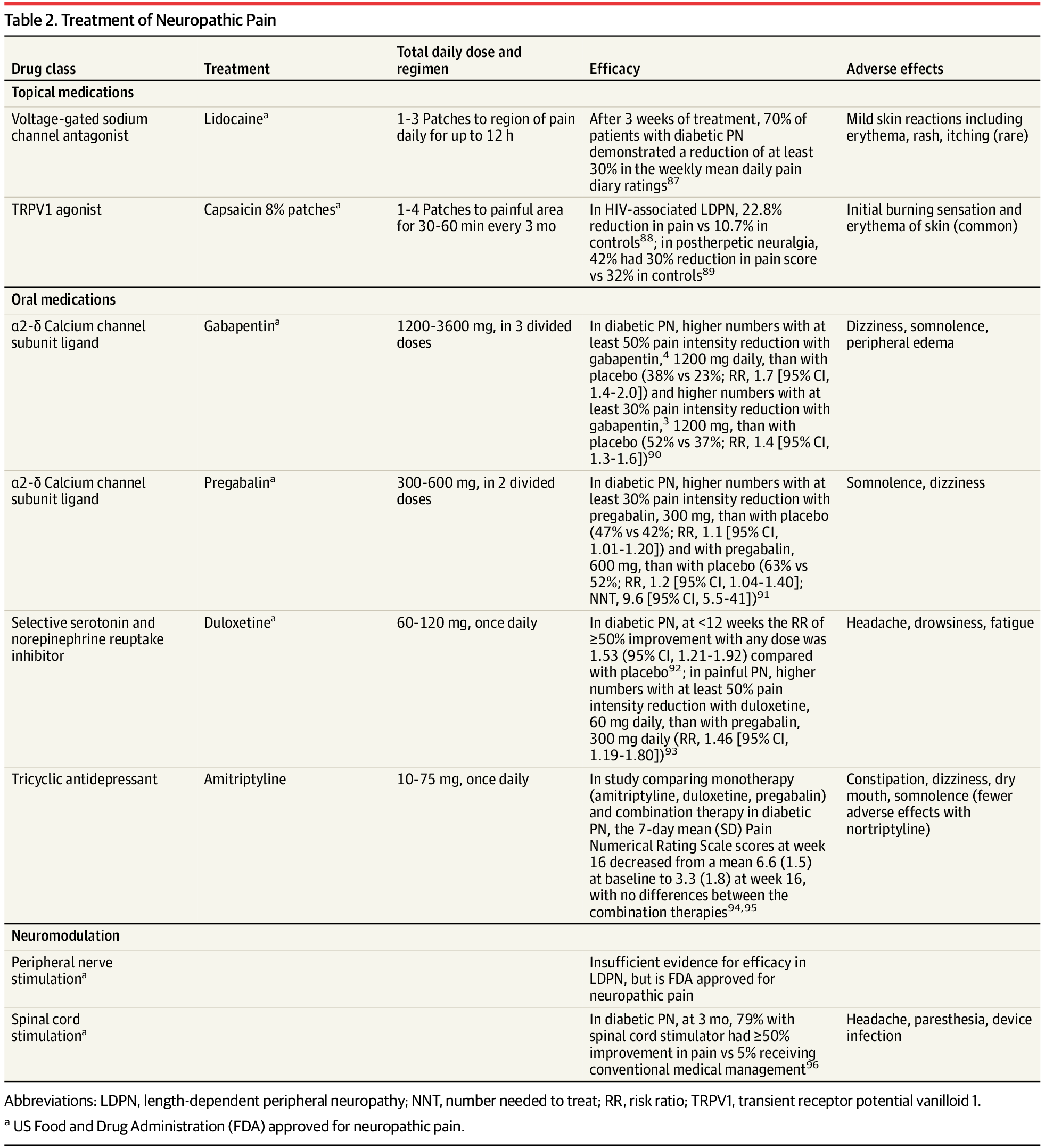The AI race is transforming northwestern Nevada into one of the world’s largest data-center markets—and sparking fears of water strains in the nation’s driest state.
Get the latest international news and world events from around the world.

Aluminium in human brain tissue from donors without neurodegenerative disease: A comparison with Alzheimer’s disease, multiple sclerosis and autism
We present the first comprehensive data set for the aluminium content of brain tissue in donors without a diagnosis of neurodegenerative disease. All donors fulfilled recently revised criteria for control brain tissues14. Approximately 80% of measured tissues have an aluminium content below 1.0 μg/g dry wt. (Table 1). There are some anomalies, 6 out of 191 tissues have an aluminium content ≥3.00 μg/g dry wt., and these are worth future investigation to identify possible neuropathology. There was no statistically significant relationship between brain aluminium content and age of donor and this observation is contrary to a previous investigation of brain aluminium in a neurologically normal population15. An explanation may be that herein only two out of twenty donors were below 66 years old. The data do support a conclusion that a high content of brain aluminium is not an inevitability of ageing.
When we compared the new control data set with data produced in an identical manner in donors dying with diagnoses of sporadic Alzheimer’s disease (sAD)16, familial Alzheimer’s disease (fAD)11, autism spectrum disorder (ASD)13 and multiple sclerosis (MS)12 all of these disease groups had significantly higher brain aluminium content. The differences were always highly significant regardless of the method of statistical analysis (Table 4). The largest disease group, designated as sAD, was actually composed of approximately equal numbers of donors previously described by a brain bank as controls and donors diagnosed with sAD. Unfortunately, information discriminating between control and sAD donors was not made available to us17. However, the observation that the aluminium content of brain tissue in this group as a whole was significantly higher than the similarly aged control group emphasised the likelihood that brain aluminium content is increased in sAD.


Interfacial T cell engineering
The function and fate of T cells are dictated by their various dynamic interactions with cells and tissues. This Review discusses the recreation of key T cell interfaces using nanotechnologies and microtechnologies for the mechanistic study of T cell biology, as well as the manufacturing and sorting of T cell products.

MRNA vaccines in tumor targeted therapy: mechanism, clinical application, and development trends
Malignant tumors remain a primary cause of human mortality. Among the various treatment modalities for neoplasms, tumor vaccines have consistently shown efficacy and promising potential. These vaccines offer advantages such as specificity, safety, and tolerability, with mRNA vaccines representing promising platforms. By introducing exogenous mRNAs encoding antigens into somatic cells and subsequently synthesizing antigens through gene expression systems, mRNA vaccines can effectively induce immune responses. Katalin Karikó and Drew Weissman were awarded the 2023 Nobel Prize in Physiology or Medicine for their great contributions to mRNA vaccine research. Compared with traditional tumor vaccines, mRNA vaccines have several advantages, including rapid preparation, reduced contamination, nonintegrability, and high biodegradability.

Enzyme catalysis using thiol switching!
Imagine a container of tomatoes arriving at the container terminal in Aarhus. The papers state that the tomatoes are from Spain, but in reality, we have no way of knowing if that is true.
That is, unless we take a sample and have it analyzed in a laboratory, where scientists use DNA markers to determine whether the tomato is Spanish, South American or Chinese. This is both time-consuming and expensive.
But thanks to a scientific breakthrough, we will be able to examine tomatoes a lot quicker and cheaper, using special light producing proteins and our phones camera. Not right now, but in the near future.
The results were recently published in the journal Nature Communications.
“We have figured out how to instruct the proteins to generate light when specific DNA sequences appear. This could be used, as in the example with the tomatoes, but could also be useful in the healthcare sector, agriculture, or the pharmaceutical industry to analyze samples easily and cheaply,” the senior author explains.
The authors did this via “thiol switching”, using thiolated oligonucleotides: a protein is inactivated by conjugation to an oligonucleotide via a disulfide linkage; hybridization of the thiolated complementary oligonucleotide ensues disulfide exchange, the liberation of the enzyme, and the activation of enzymatic catalysis. In doing so, the researchers couple the most specific recognition event (hybridization) to the most effective tool of signal amplification (catalysis).
“Our primary goal is to control the activity of molecules in space and time, inside and outside of the cell. Specifically we focus on enzymes that can create ATP, which is the cell’s fuel, and polymerases, which the cell uses to build RNA and DNA.”

Fathers’ Use of Valproate Raises Risk of Neurodevelopmental Disorders in Offspring
Children whose fathers took valproate within three months prior to conception were more likely to have neurodevelopmental disorders than children of men exposed to lamotrigine or levetiracetam.
Researchers behind a new study believe that it is the first to show an increased risk of neurodevelopmental disorders in offspring of fathers who took valproate rather than lamotrigine or levetiracetam prior to conceiving children.
Children whose fathers took valproate within the three months prior to their conception were more likely to have neurodevelopmental disorders, including autism spectrum disorders, than children of men exposed to lamotrigine or levetiracetam, according to a study published in JAMA Network Open in November.
The European research team—which analyzed medical records from Denmark, Norway, and Sweden—concluded that “health care practitioners should consider the potential risks associated with paternal valproate exposure and discuss alternative treatment options with male patients of reproductive age.” The team also said that “findings should be interpreted with caution due to the heterogeneity in the unadjusted estimates.”

‘Fish Mouth’ Filter Removes 99% of Microplastics From Laundry Waste
The ancient evolution of fish mouths could help solve a modern source of plastic pollution.
Inspired by these natural filtration systems, scientists in Germany have invented a way to remove 99 percent of plastic particles from water. It’s based on how some fish filter-feed to eat microscopic prey.
The research team has already filed a patent in Germany, and in the future, they hope their creation will help curb a ubiquitous form of plastic pollution that many are unaware of.

